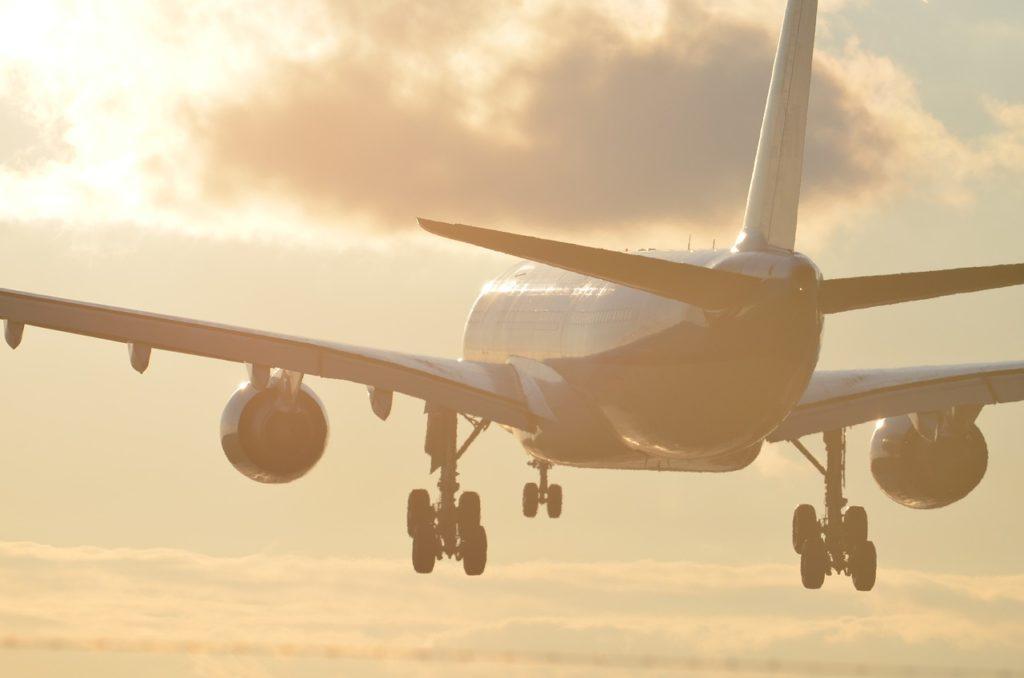
The devastating effects of COVID-19 are slowly easing up, but the airline industry is still reeling from the massive economic loss that the pandemic has caused over the past few years. Travel restrictions and lockdown measures have led to a sharp decline in revenue and passenger traffic, with airlines worldwide scurrying to bounce back.
Even as air operations are gradually returning to normal pre-pandemic levels, we’re just beginning to see the pandemic’s longer-term effects on the aerospace and aviation industries. Experts see a switch to leisure travel, an upsurge in air cargo demand, and rising ticket prices.
The future looks good for pilots, however, as forecasts portray plenty of opportunities for cadets who have graduated flight school. Learn more about how the airline industry has changed following COVID-19 below.
Airlines Re-Strategizing How to Sell Business Class
The switch to remote work and rising economic difficulties have urged airlines to rethink how they promote business class. To attract demand for a dying service, airlines will have to promote business class to budget-conscious leisure travelers with packages that are creative enough to attract traditional business class travelers as well.
As a solution, several airlines have launched their takes on the a la carte airfare model. For instance, Emirates offers an unbundled Business Special Fare that allows passengers business class access, baggage allowance, and priority boarding, but without the benefits of a chauffeur, lounge access, or the chance to upgrade to first class. On that same note, the premium economy is also getting more attention from leisure and business travelers looking to save.
Leisure Trips Generating the Most Profit
Global management consulting firm McKinsey believes that leisure trips will contribute to most of the airline industry’s recovery, and with good reason. Business travel generally takes longer to bounce back in the face of an economic crisis, especially post-pandemic, where remote work and flexible working arrangements are the norm. According to Forbes, many experts predict that business trips will only pick up in 2024 or 2026.
The rise in long-haul routes to vacation destinations show that airlines are beginning to focus on leisure travel. In addition, more and more aircraft cabins are allocating less space for business-class seating.
The Demand for Air Cargo Is on the Rise
During the pandemic, when passenger traffic was at an all-time low, air cargo generated a big chunk of an airline’s income. According to Airline Analyst, cargo revenue generated an average of 49% of total revenue for over 21 airlines in 2020, a massive increase from 2019’s 12%.
Thanks to the rise of ecommerce sales and the demand for delivered goods, airlines have made good use of their air freighters during the slump in travel. It also helps that air cargo is typically the fastest and most reliable option for transporting products across long distances, especially when dealing with time-sensitive shipments.
Demand for Pilots and Pilot Schools Is Growing in Some Countries
The pandemic has pushed the aviation industry into an economic crisis, causing many to lose their jobs. In light of financial difficulties, pilots worldwide face salary and job cuts, but this isn’t the case for several countries with a surge in demand. For instance, countries like the USA, UK, and India are recalling pilots to join the workforce, but the good news for pilots does not end there.
Research by OliverWyman showed that the airline industry will encounter a massive shortage of qualified commercial pilots by 2023 – 2024, offering plenty of potential work for future cadets looking to attend pilot school.
Ticket Prices Continuing to Increase
Due to the economic constraints set by the pandemic, many airlines were pushed to borrow money to adapt to soaring cash burn rates. According to IATA, the airline industry collected over $180 billion worth of debt in 2020, and this number is still rising.
To deal with these costs, travelers will see ticket prices rise in the next few years. Delays in resource supply, particularly in staff retraining and bringing aircraft back into service, will also bump ticket prices in the short term.
Airlines Turning to Aircraft Leasing
Businesses in the aviation and airline industry are suffering from limited cash flow following the pandemic. Hence, buying a new aircraft can be challenging. Capital expenditure is not advisable in today’s harsh economic climate, which makes aircraft leasing the next practical choice. In the next few years, aircraft leasing will play an important role in revitalizing the airline industry.
The global aircraft leasing market is expected to grow from 2023 to 2027 due to the widespread use of air cargo, increased air passenger traffic, increased share of leasing aircraft, and the rise in global GDP, among other reasons.
Conclusion
The pandemic has made a massive impact on the airline industry. While some of these changes are expected to persist even after the pandemic eases, others may evolve as businesses continue to recover. Airlines should always put their finger on the pulse of these changing trends to adapt to the needs of travelers and to ensure sustainability.
BusinessTips.ph is an online Business Ezine that provides free and useful articles, guide, news, tips, stories and inspirations on business, finance, entrepreneurship, management and leadership, online and offline marketing, law and taxation, and personal and professional development to Filipinos and all the business owners, entrepreneurs, managers, marketers, leaders, teachers and business students around the world.
Leave a Reply